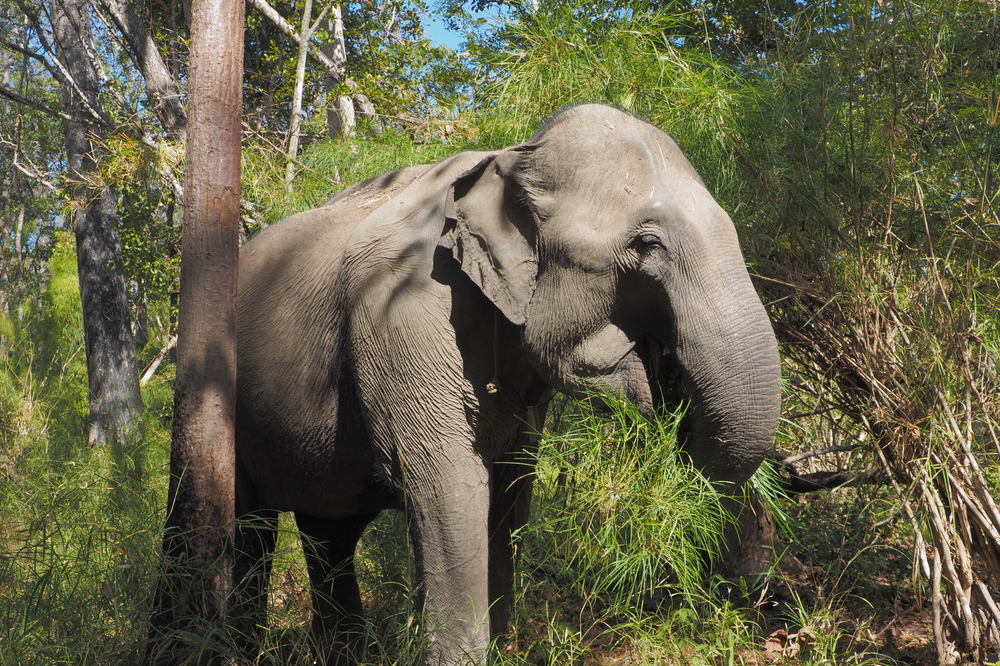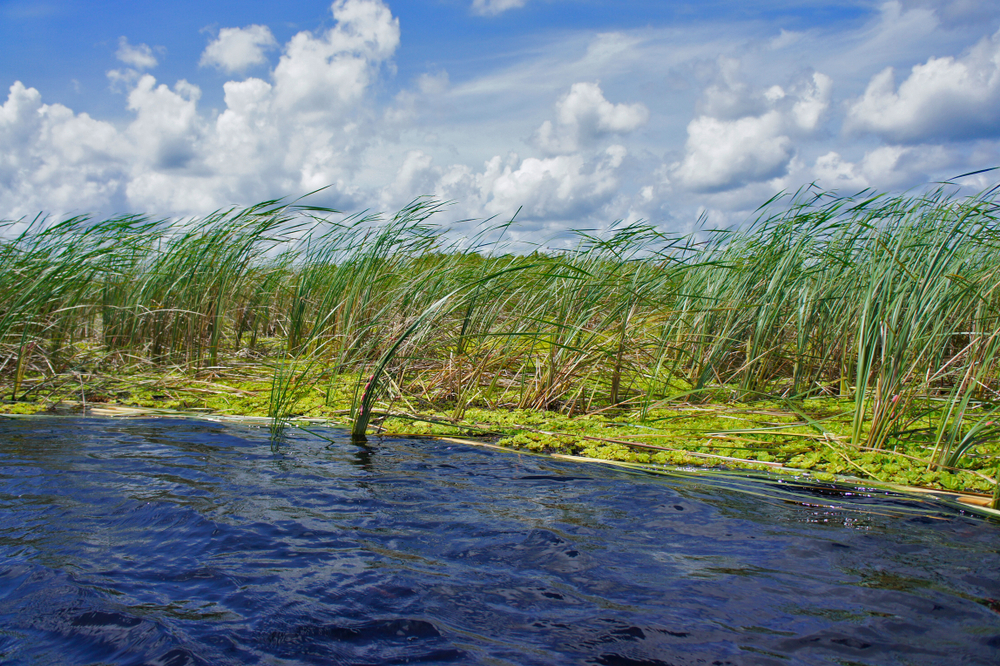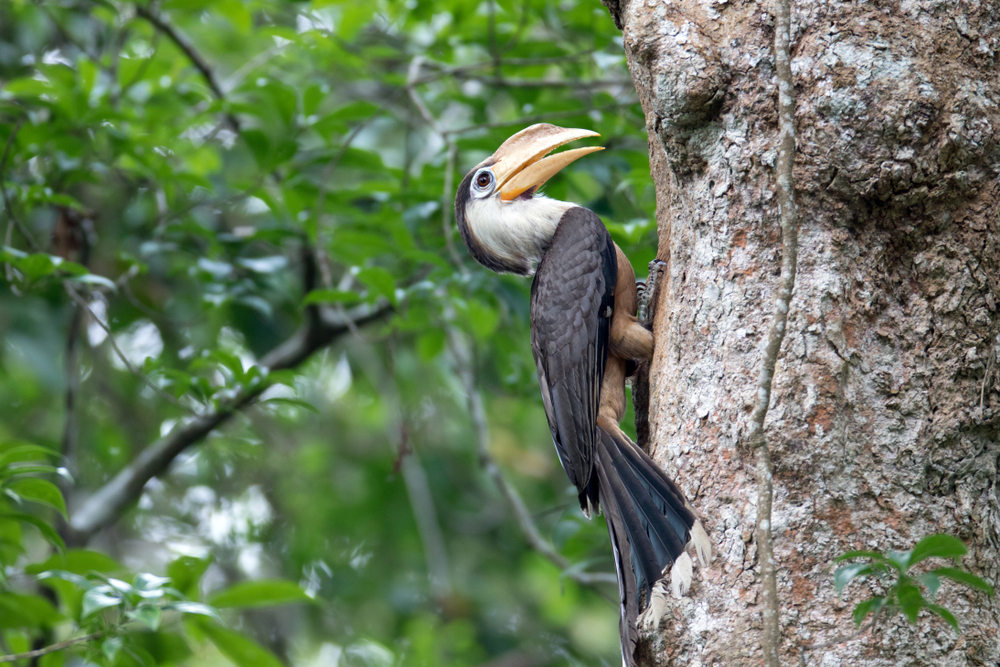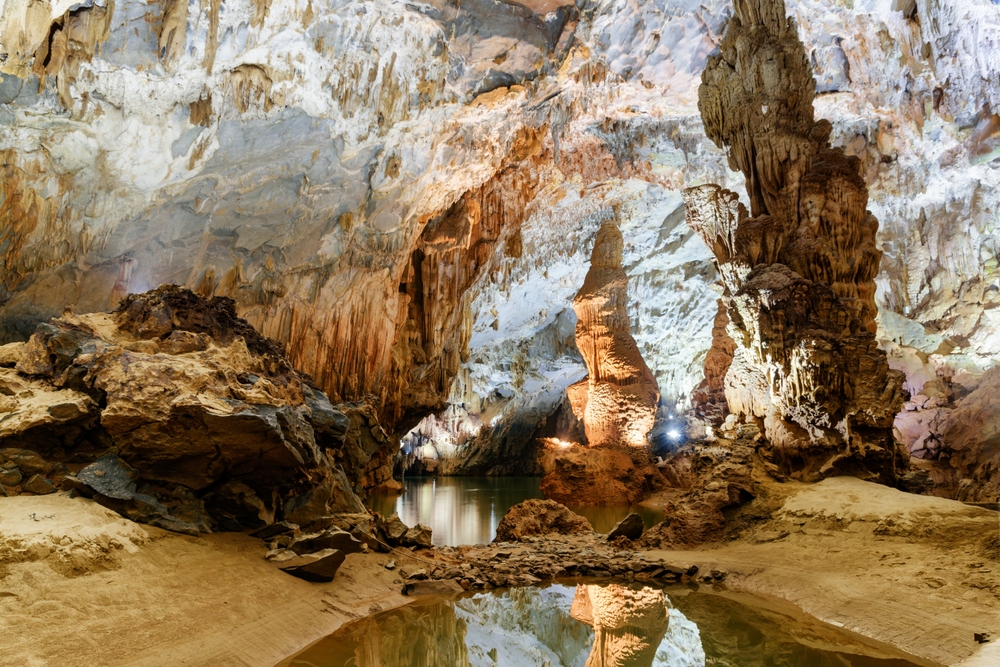Yok Đôn Overview
Yok Đôn National Park, or Vườn quốc gia Yok Đôn in Vietnamese, is one of the largest national parks in Vietnam, spanning an impressive 454 square miles (1,175 square kilometers). Located in the Central Highlands region, specifically in Đắk Lắk Province near the Cambodian border, the park is a significant ecological treasure of Southeast Asia.
Its landscape is defined by a mix of rolling hills, rivers, and dense forests, with the Đrăng Phốk and Srepok Rivers meandering through. The park features semi-evergreen and deciduous forests, making it unique in a country where tropical rainforests dominate. The towering Dipterocarp trees are particularly iconic, creating an open canopy that allows sunlight to filter through to the forest floor.
The terrain includes several prominent features, such as Yok Đôn Mountain, which lends the park its name. This mountainous region provides a scenic backdrop, while the gently undulating hills and lowland plains offer a contrast in elevation. Seasonal rivers and small waterfalls punctuate the area, adding a dynamic element to the landscape. The deciduous forests are interspersed with patches of bamboo and grasslands, creating diverse habitats that support an incredible array of wildlife.
Yok Đôn is a haven for biodiversity, home to many species unique to the region. Mammals like the Asian elephant, gaur, and muntjac deer roam freely, while elusive predators such as leopards and dholes also inhabit the park. Bird enthusiasts are drawn to the area to spot rare and colorful species, including the giant ibis, white-winged duck, and the green peafowl. The park’s rivers and wetlands attract aquatic life, supporting a vibrant ecosystem essential to the health of the surrounding regions.
Visitors to Yok Đôn National Park are captivated by its untouched beauty and serene atmosphere. A popular feature is the opportunity to observe and interact with semi-wild elephants ethically, as the park is renowned for its elephant conservation initiatives. Trekking and guided nature walks are favored ways to explore the diverse landscapes, offering a chance to experience the forest’s rich flora and fauna. Birdwatching tours, river kayaking, and cultural experiences with the local ethnic minority communities, such as the Êđê people, further enhance a visit.
Conservation efforts in Yok Đôn focus on protecting its unique ecosystems and combating threats like illegal logging, poaching, and habitat destruction. Collaborative initiatives with international organizations have bolstered anti-poaching patrols and community engagement programs. The park’s successes include the rehabilitation of elephant populations and the reintroduction of certain bird species. However, challenges remain, particularly in balancing conservation with local livelihoods and addressing the pressures of agricultural expansion.
















































































